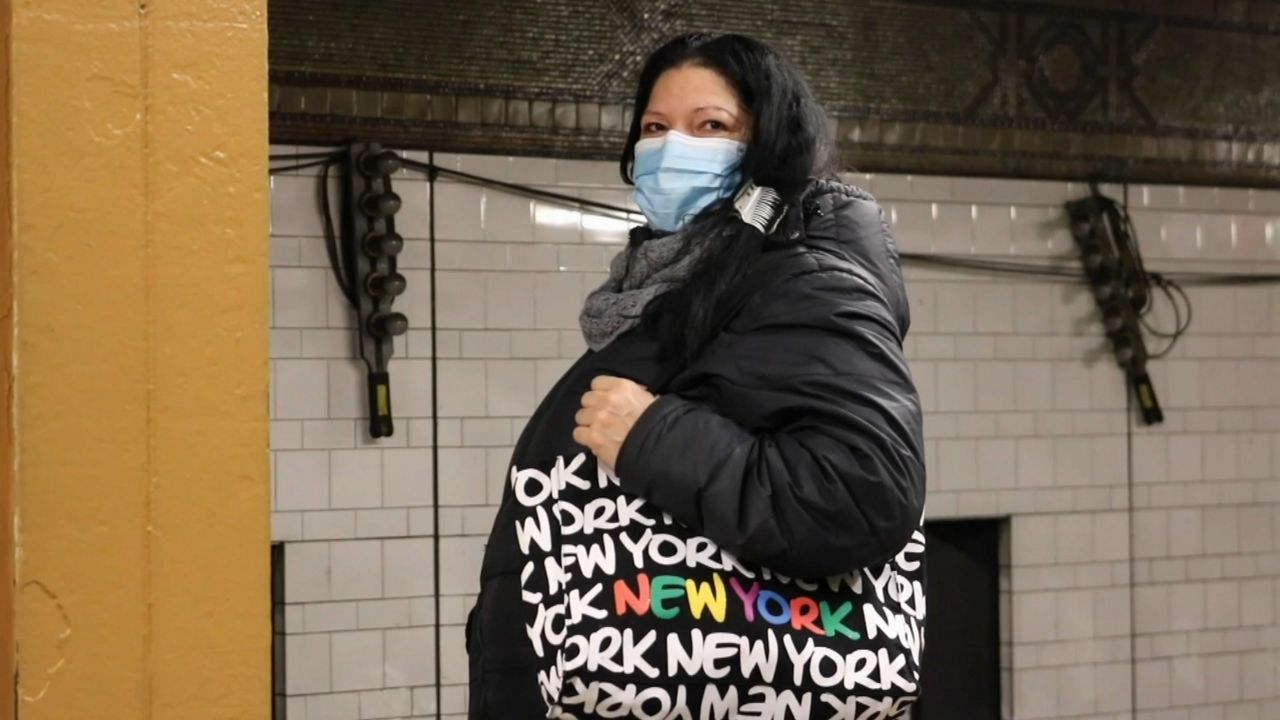Since January, this hospital in Brooklyn was already preparing for a subsequent arrival of the coronavirus.
Sunset Park was hit hard by COVID-19 by having large numbers of older adults and Latinos with chronic illnesses.
Stephanie Sterling, Director of Infectious Diseases at NYU Langone Hospital in Brooklyn, comments: “Even before this infection we saw a lot of high blood pressure, diabetes, obesity in our Latino community.”
By the end of April, funeral homes already had trailers full of the deceased; some of them are still refrigerating unclaimed bodies.
By May the death toll was such that a tribute was paid at the Greenwood Cemetery.
In this regard, says Alexa Avilés, organizer Naming The Lost: “For our community that we have not been able to say goodbye, say goodbye, give them a kiss, hug our relatives in pain and in memory; and this is part of starting this process” .
Others were able to survive but faced a new neighborhood, where unemployment and the economic crisis led to the closure of several businesses.
Such was the case of Jorge de La Luz, who after two months in the hospital and 30 depending on a respirator, was the clear example of a miracle.
“I felt that I could no longer, I even spoke to some friends that it was the last thing,” described de la Luz.
When November arrived, this neighborhood with many migrants experienced a very different Day of the Dead.
This is how Ernesto Martínez, an employee of the Don Paco López Bakery stated: “I want to make as much money as possible, as soon as possible and go to my country and start my own bakery. Since this year I lost my mother, and my sister. “
But it was also a year that saw the inhabitants of this area create a group to monitor and support neighbors against incursions by ICE agents to carry out deportations, which carried out patrols, even during the pandemic.
Génesis Aquino was a member of that monitoring group against ICE: “Our community is under attack again and it is important that we be the first defense of our neighbors.”
This group was the one that documented and denounced the alleged presence of immigration investigative agents protecting the city’s police stations during the Black Lives Matter protests, despite the fact that Mayor de Blasio denied it on several occasions.
On the other hand, after months of fighting, activists and Councilor Mencaha threw out an Industry City rezoning plan, which promised thousands of jobs but caused fear that it would accelerate the displacement of residents from the area.
“Speculation has begun to displace and we are more afraid now after the pandemic, our families are going to be displaced,” described activist Claudia Galicia.
This 2020 also drew a neighborhood with political changes, where the massive use of votes by postal mail, the migrant of indigenous origin, Marcela Mitaynes, defeated Assemblyman Félix Ortiz who had been in office for 26 years.
Mitaynes said: “Like many young people, I did not know that I was an immigrant and that I was here illegally. Making them understand that even though they are immigrants they have rights and even though they are immigrants we also have power.”
In addition, they began the campaigns for councilman of the area that already include candidates born in Mexico; and also the launch of the candidacy for mayor of the first councilor of the city of Mexican descent, Carlos Menchaca.
“What I know in my heart that immigrants, Latinos, are part of that future, we need a great voice,” Menchaca said.
2020 was a year that undoubtedly left a deep mark on this Brooklyn neighborhood.
Visit the NY1 News page with our special coverage on the coronavirus: Coronavirus outbreak
– .


